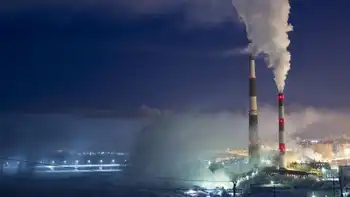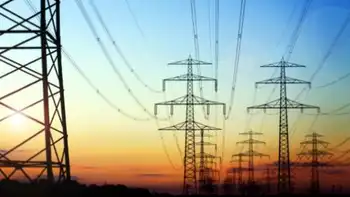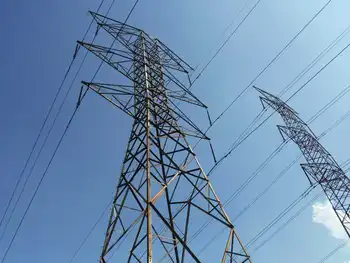Organizations to Cut Greenhouse Gases
WASHINGTON -- - Fourteen organizations, including several large corporations, have entered into a legally binding agreement to cut their greenhouse gas emissions by four per cent within the next four years.
The 14 entities announced last week that they are forming the Chicago Climate Exchange, a voluntary cap-and-trade program for reducing greenhouse gas emissions.
The program will allow entities that exceed their emissions goal to sell carbon credits to organizations that are falling short. Trading will begin in spring, and will include so-called "sinks" -- farm and forestry projects that help reduce greenhouse gas concentrations in the atmosphere -- as well as "offsets," which are emissions-reducing projects in other countries that are funded by the US entities.
The 14 entities include American Electric Power (AEP); Baxter International Inc.; the City of Chicago; DuPont; Equity Office Properties Trust; Ford Motor Company; International Paper; Manitoba Hydro; MeadWestvaco Corporation; Motorola, Inc.; STMicroelectronics; Stora Enso North America; Temple-Inland Inc.; and Waste Management, Inc.
Carbon dioxide is the primary greenhouse gas, and since most energy sources produce carbon dioxide, energy efficiency is one of the key strategies for achieving greenhouse gas reductions. Methane is also a powerful greenhouse gas, so bioenergy projects that capture methane and use it as an energy source also reduce greenhouse gas emissions, as do other renewable energy projects.
Related News

Climate change: Greenhouse gas concentrations again break records
LONDON - The World Meteorological Organization (WMO) says the increase in CO2 was just above the average rise recorded over the last decade.
Levels of other warming gases, such as methane and nitrous oxide, have also surged by above average amounts.
Since 1990 there's been an increase of 43% in the warming effect on the climate of long lived greenhouse gases.
The WMO report looks at concentrations of warming gases in the atmosphere rather than just emissions.
The difference between the two is that emissions refer to the amount of gases that go up into the atmosphere from the use of fossil fuels, such…




